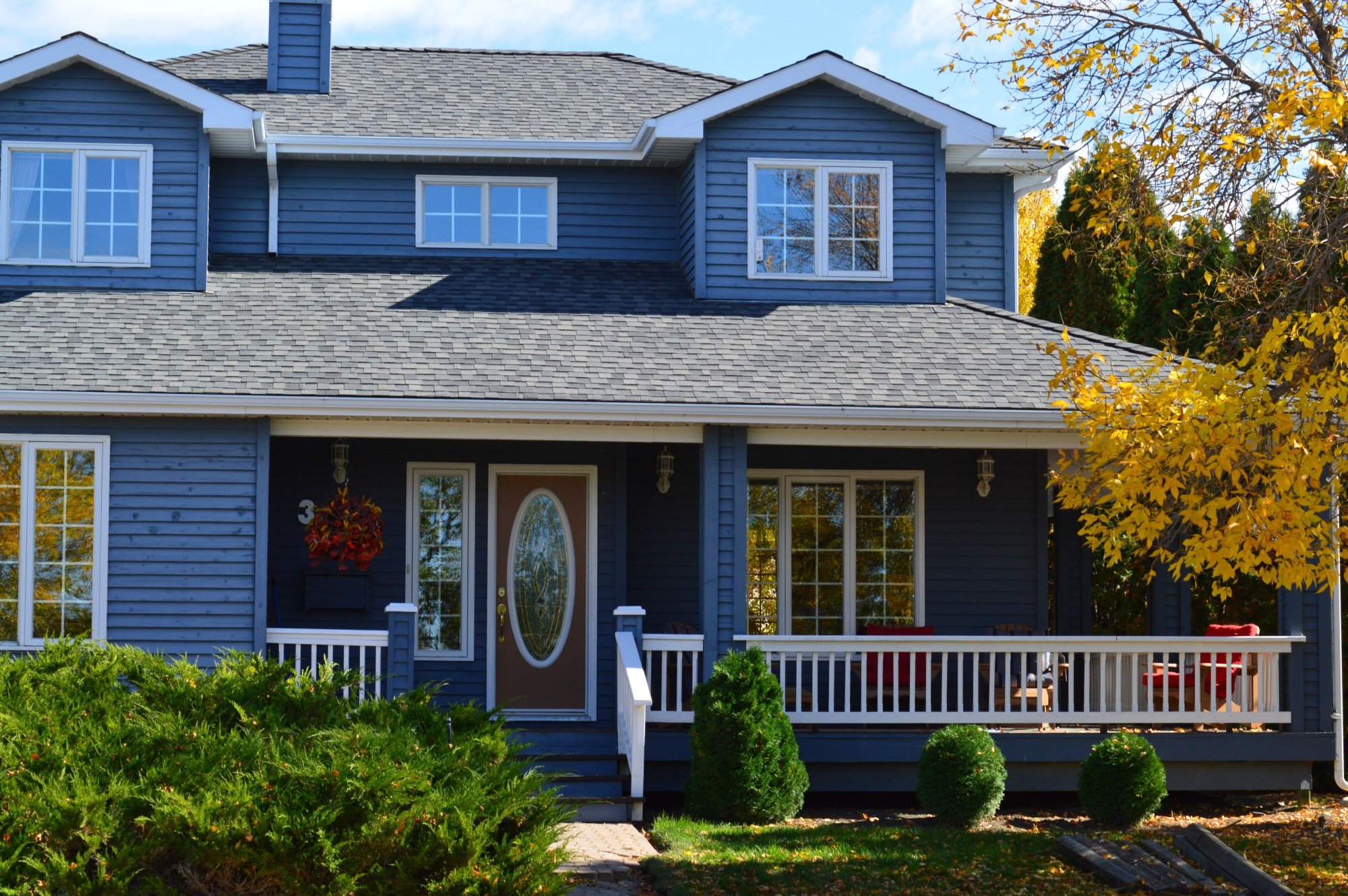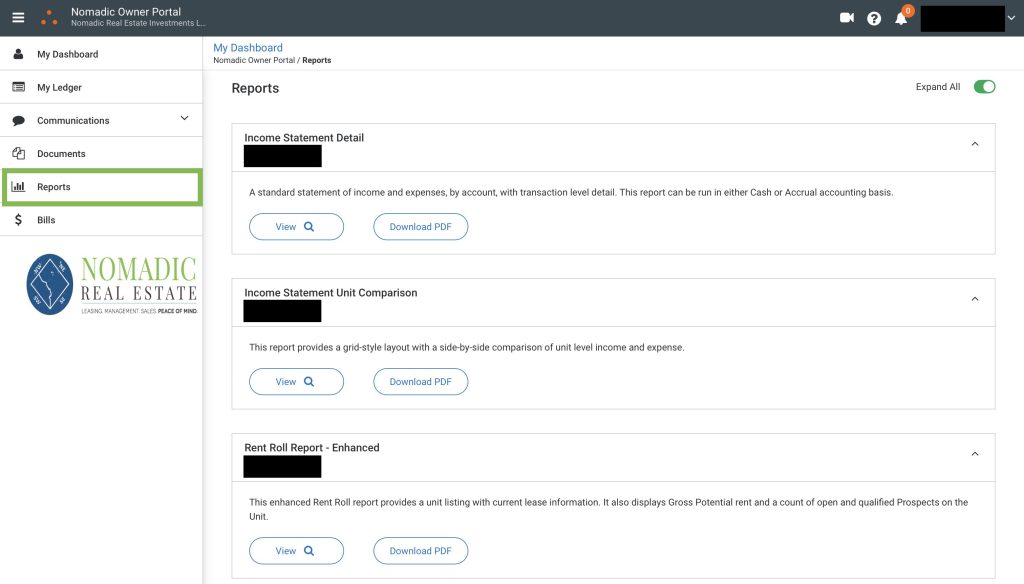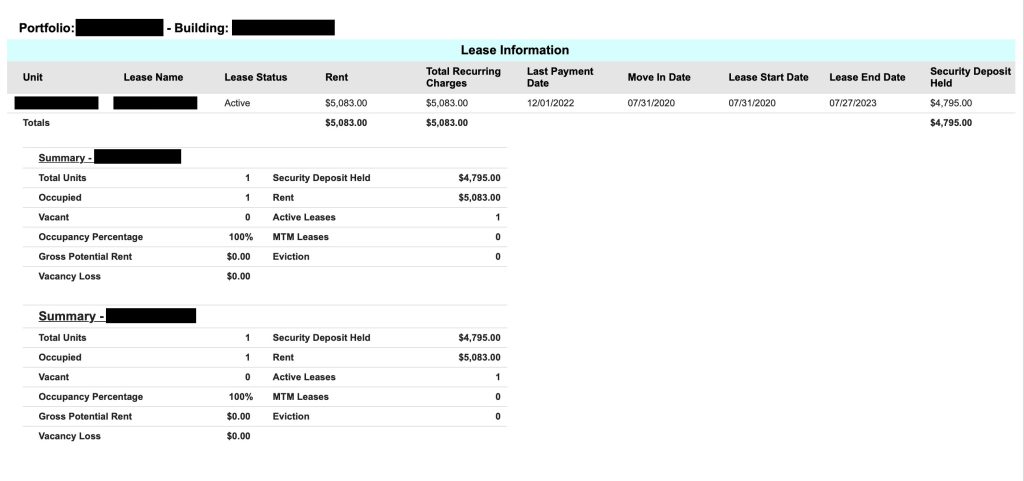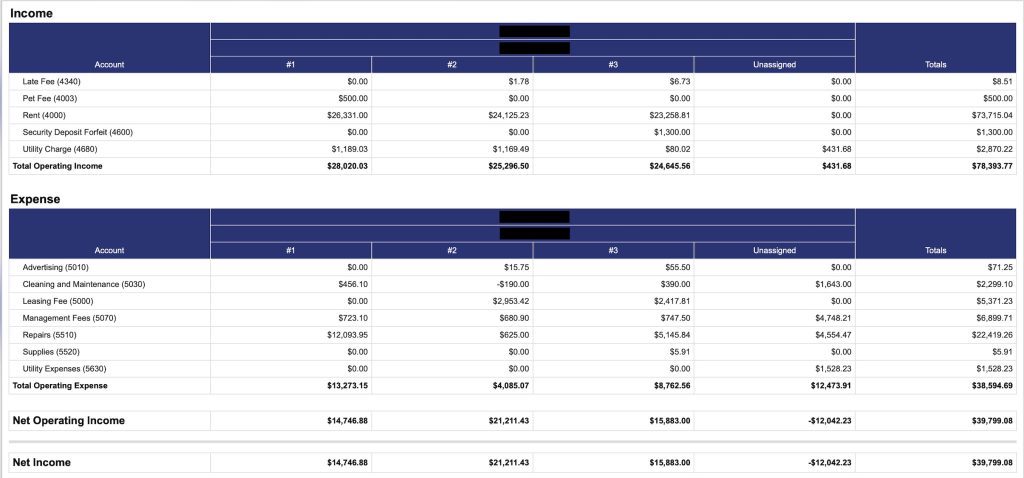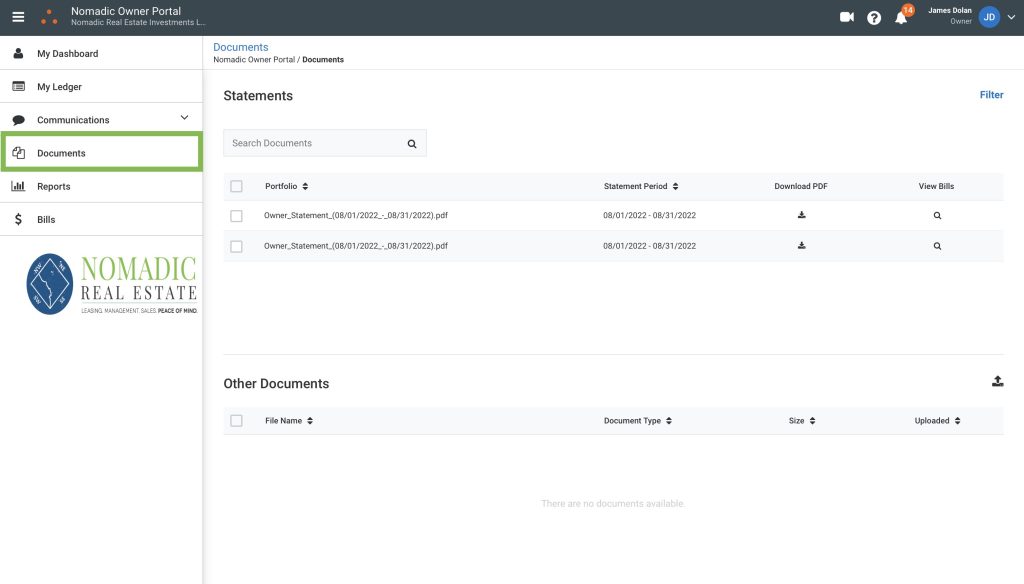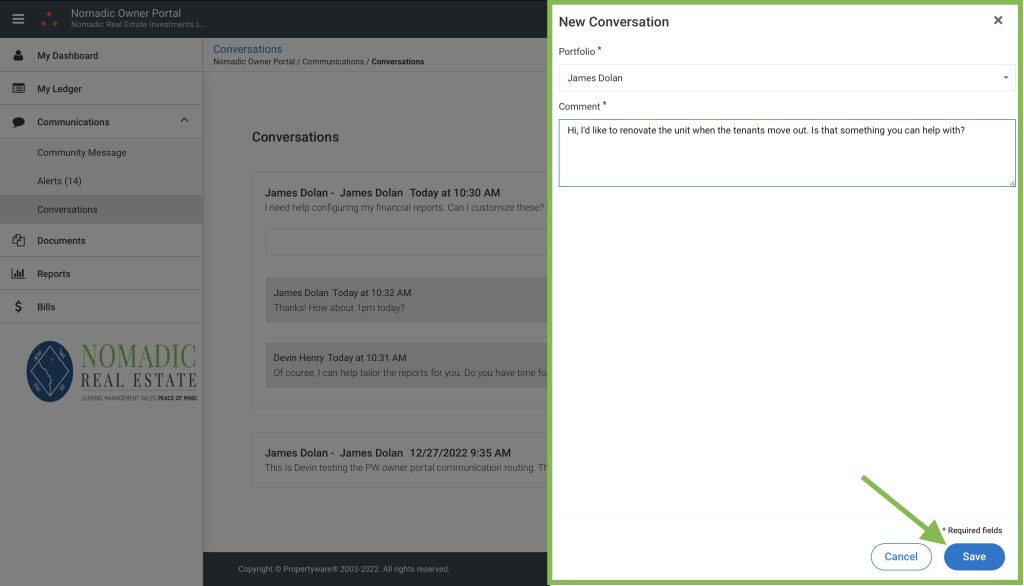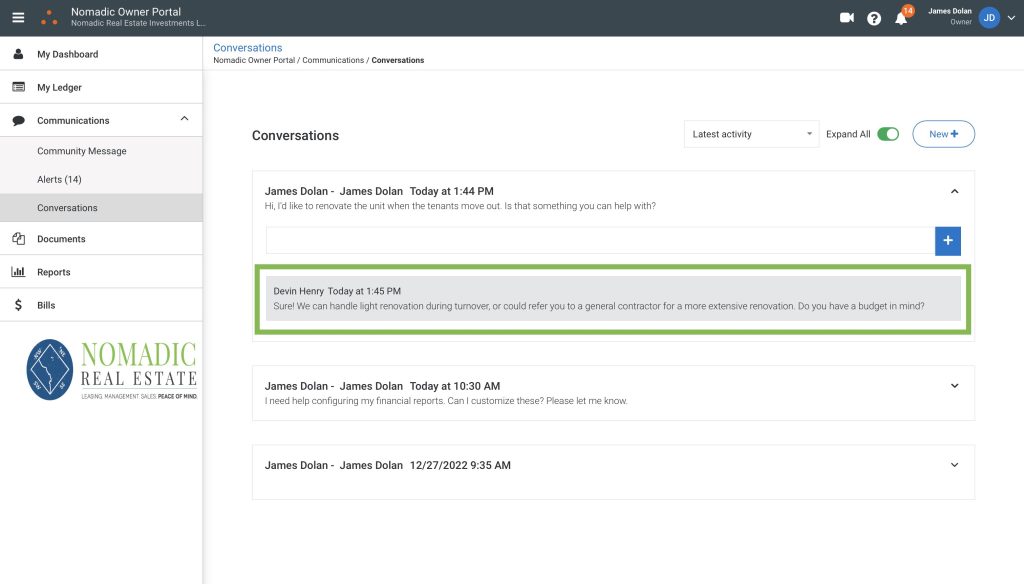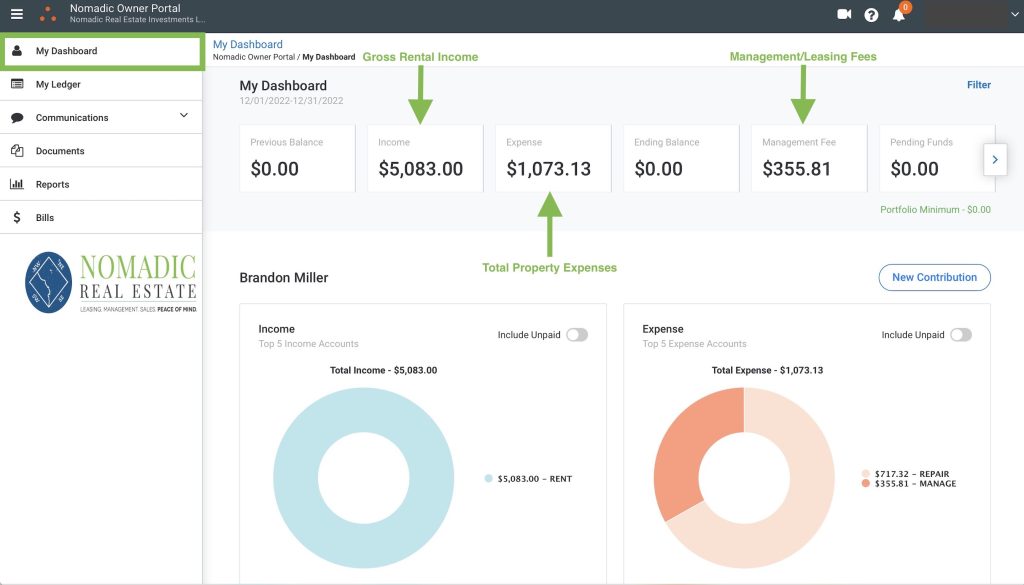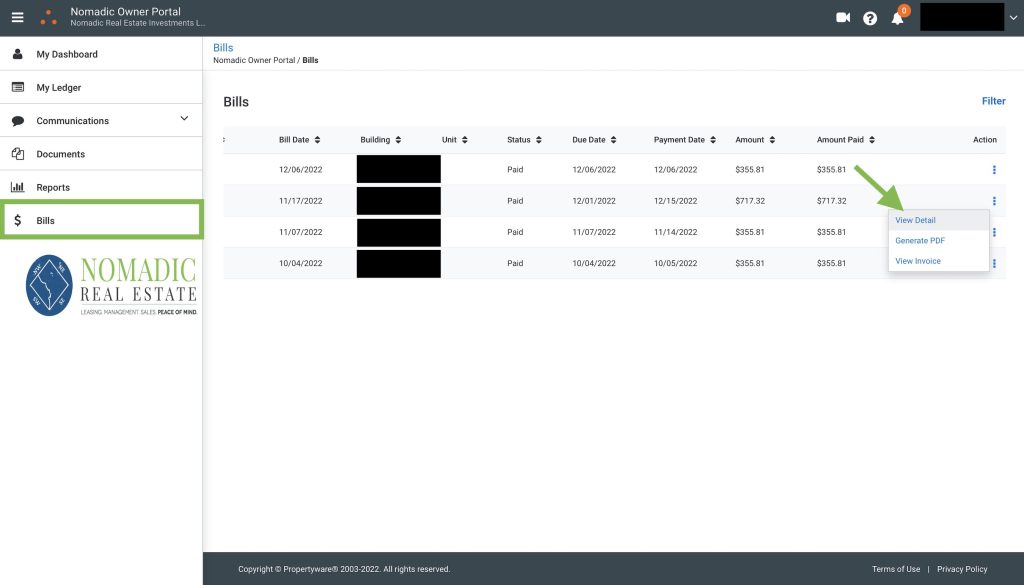Space in Washington DC studio apartments can be tight, but they don’t necessarily have to look or feel like it. With the help of a few decorating tips, creative storage units and furniture arrangements you can maximize the use of space in your studio apartment. Let’s take a look at a few tips and tricks.
1) Maximize Opportunities for Storage

When it comes to living in small spaces, it’s all about how to creatively use furniture and closet/cabinet space for storage. In a perfect world, all studios would be transformed into smart spaces. They would have drop down storage units, bathtubs that double as sofas, and beds that rise from the floor. Unfortunately, our DC reality calls for something more along the lines of: using coffee tables that double as desks, hollow ottomans that can store blankets, and raised bed to hide storage boxes.
2) Bright White Spaces
Although effective in creating the illusion of a smaller waist size, black or dark colors only serve to make rooms smaller and more cramped. We love this studio on Wisconsin Avenue because the bright color opens up the room and adds energy.
3) Room Dividers

To create the feeling of a proper bedroom that a studio can sometimes lack, you can divide the room into different spaces with accordion panels, or larger sliding installations.
4) Build Up if Possible
If you have the capacity to change your apartment’s interior, building shelves closer to the ceiling helps to draw the eye upward. Also building an elevated bed, or a Murphy bed, would give you the space you need during waking hours.
5) Mirrors

Strategically placed mirrors do wonders for reflecting both natural and artificial light in a room to make things look brighter and larger. If you can swing it, it helps to have a floor to ceiling length mirror to create the illusion of higher ceilings. We suggest putting the mirror directly across a window or source of light!
6) Stripes

Just as in when you wear stripes, having them on your floor or bed covers tends to either elongate or widen the room depending on the direction of the stripes. Simple, yet effective!
Looking for something? Visit our Tenant Resource Center to submit a work order. Visit our Client Resource Center to log into your account. Check out our awesome DMV located rentals. Get in touch for our property management services.



